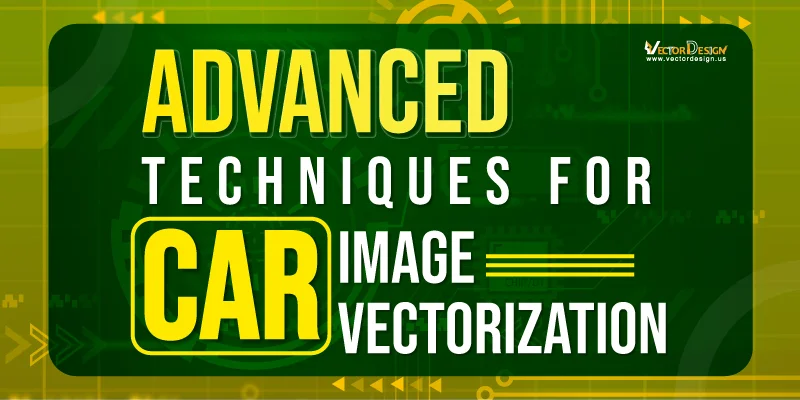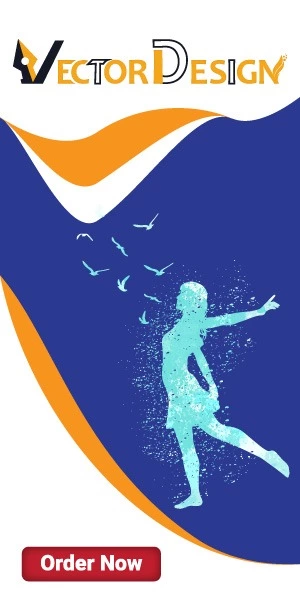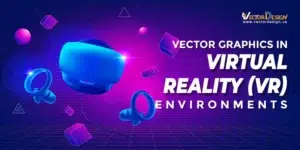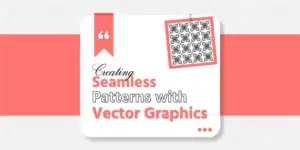Car image vectorization is like turning pictures of cars into special computer drawings. These drawings, called vectors, are super useful because they stay clear and sharp no matter how big or small you make them. This unique quality is epitomized in the process of image to vector conversion. Think about it like a coloring book page that you can resize without losing any details or getting blurry.
Using advanced techniques for this process is important because it makes the computer drawings even better. It helps to capture all the tiny details of a car, like its curves and lines, very accurately. This is really helpful for things like designing cool car ads, making big posters, or even just changing the colors of a car picture easily.
The advanced methods also make sure that these computer drawings are easy to edit. You can change the colors, shapes, and other things without messing up the quality. They also help to keep the file sizes small, which is good for making websites load faster. These drawings work well with different design programs and can be used in many different places without any problems. Basically, with these tricks, our car drawings become quick, always look the same, and turn out super awesome. It’s like having a special way to make our car pictures always look fantastic!
Traditional Car Image Vectorization Methods:
let’s explore some traditional methods used for turning car images into special computer drawings, known as vectors:
- Manual Tracing: One of the oldest methods involves manually tracing the outlines of a car image. People used to draw cars by hand, tracing the lines and details. It’s like coloring inside the lines but a bit more detailed. This takes a long time and needs someone who is good at drawing.
- Automated Tracing: Some computer tools can turn pictures into drawings. They try to do it automatically, but sometimes they need a person to fix things. It’s faster than drawing by hand but might miss some small details.
- Bezier Curves: There are special ways to draw smooth lines and curves on the computer. It’s like connecting dots to make a shape. But it can be a bit tricky, especially if you’re not used to it.
Common troubleshooting with the Old Ways:
Using the traditional methods of car image vectorization can sometimes come with its fair share of challenges. Here are some common troubleshooting issues associated with the old ways:
- Miss Some Details: Sometimes, the drawings may not show all the tiny details of the car. It’s like missing some cool lines or shapes.
- Takes a Long Time: Drawing by hand or fixing computer drawings can be slow. When you want lots of drawings quickly, it becomes a bit of a problem.
- Tricky for Fancy Shapes: Cars can be tricky because they have lots of interesting shapes. The computer might get confused, especially with fancy car designs.
- Changes Are Not Easy: If you want to change the color or shape of the drawing, it’s not always easy. You might have to do a bunch of extra steps, and that takes time.
- Not Always Perfect Size: Even with computer help, the drawings may not look perfect when you make them bigger or smaller. It’s like when you zoom in on a picture on your phone, and it gets a bit fuzzy.
Advanced Techniques for Car Image Vectorization:
Advanced techniques for car image vectorization leverage cutting-edge technologies to enhance precision, speed, and the ability to capture intricate details. Here are some advanced methods in this field.
Deep Learning Approaches:

let’s break down these deep learning approaches in simple terms:
- Convolutional Neural Networks (CNNs) for feature extraction: Think of CNNs as super-smart filters for images. Imagine you have a picture, and CNNs help the computer understand different parts of it, like edges, textures, and shapes. It’s like having a friend who can point out specific details in a photo.
- Generative Adversarial Networks (GANs) for enhancing details: GANs are like creative collaborators. One part of the GAN tries to create something (like enhancing an image), and the other part critiques it. They keep improving together, like an artist refining their work based on feedback. It’s a cool way for a computer to enhance details in pictures.
- Transfer learning for improved performance: Picture transfer learning as a student who’s already really good at math learning physics. They can apply what they know from math to solve physics problems faster. Similarly, transfer learning lets a computer use knowledge gained from one task to do better on a different but related task. It’s like building on what you already know to become even smarter.
Image Segmentation
Image segmentation is like teaching a computer to understand and outline different things in a picture. Let’s simplify image segmentation and its techniques:
- Semantic segmentation for identifying car components: Think of it as the computer coloring different parts of a photo with different crayons. Each color represents a specific object or area. For example, it might color the car in one color, the road in another, and the sky in yet another. It’s about allowing the computer to recognize and label different areas in the image.
- Instance segmentation for precise boundaries: Now, let’s take it a step further. Imagine you have a picture of a parking lot with several cars. Instance segmentation is like putting a unique border around each car, making sure the computer not only knows there are cars but also precisely where each one is. It’s like drawing individual lines around each car so the computer can tell them apart.
- Mask R-CNN for simultaneous localization and segmentation: This is like a super-advanced coloring book. Mask R-CNN not only colors different parts of the picture but also draws precise borders around each instance of those parts. So, for our parking lot example, it not only colors each car differently but also outlines each car perfectly. It’s like having a detailed and accurate coloring book for the computer.
Edge Detection and Feature Enhancement:
Edge detection is like finding the lines between colors in a coloring book. Absolutely! Let’s break down edge detection and feature enhancement in super simple terms:
- Sobel, Canny, and other edge detection algorithms: Imagine you have a coloring book, and you want to find where one color ends and another begins. Edge detection is like tracing the lines that separate colors. Sobel and Canny are like special pens that help the computer find these lines—showing where things start and stop in a picture.
- Feature enhancement using filters and transformations: Picture your photo as a yummy pizza. Now, imagine you want certain toppings to stand out more, like extra cheese or pepperoni. Filters and transformations are like using special tools to make those tasty toppings more noticeable. So, it’s like giving your photo a little flavor boost, making the important stuff pop!
- Adaptive techniques for varying image conditions: Think of your photo as a superhero that can change its outfit. Sometimes it’s bright and sunny, and other times it’s a bit dark and gloomy. Adaptive techniques are like the superhero’s smart suit that automatically adjusts to any situation. So, if your photo is in the sunshine or the shade, these techniques help it look its best in any lighting, like a superhero always ready for action.
Hybrid Approaches:
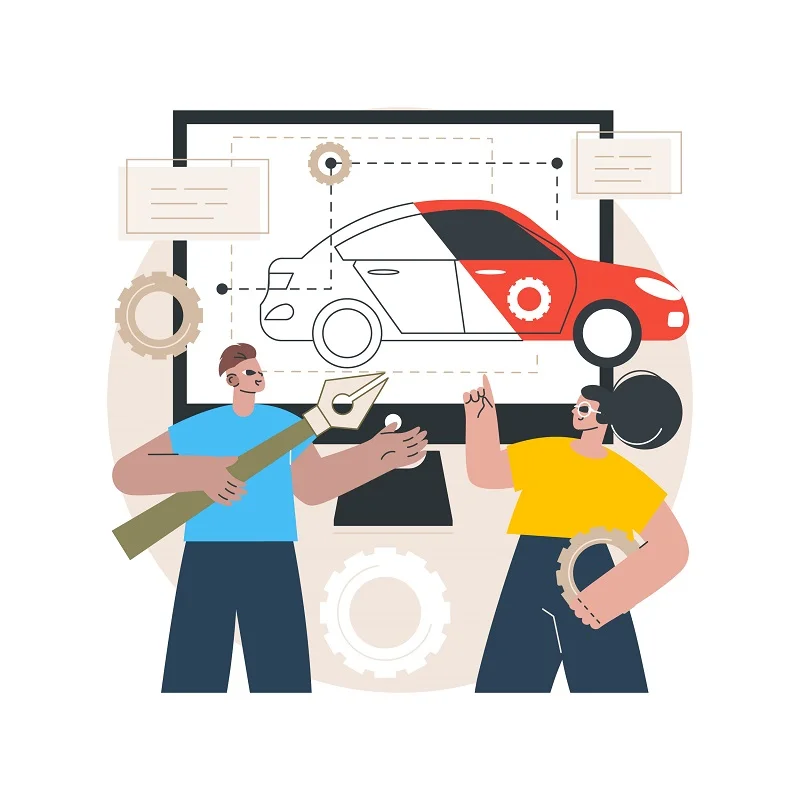
Hybrid approaches in technology are like making a powerful team with different skills to tackle challenges in the smartest way possible.
- Combination of traditional and deep learning methods: Think of it as having both a wise elder and a super-smart kid working together. Traditional methods are like the experienced elder, and deep learning is like the genius kid. Combining them is like solving problems using the wisdom of the elder and the creative brilliance of the kid. It’s teamwork that brings the best of both worlds.
- Ensemble methods for improved accuracy: Imagine you’re taking a test, and you have a group of friends with different strengths. Each friend might know some answers better than others. Ensemble methods are like pooling everyone’s knowledge to get the most accurate answers. It’s like combining the strengths of each friend to be good at solving problems.
- Multi-step processes for comprehensive vectorization: Picture drawing a detailed map. Instead of trying to draw everything at once, you might break it into steps—first the roads, then landmarks, and finally details. Multi-step processes for vectorization are similar. It’s like building a detailed map of information step by step, ensuring you don’t miss anything important. It’s a smart way to make sure you get a complete and accurate picture.
Challenges and Solutions:
When using advanced techniques for car image vectorization, there are specific challenges that may arise, and innovative solutions have been developed to address them.Let’s talk about some challenges and clever solutions in technology:
Handling Complex Backgrounds and Environments:
Challenge: Imagine searching for something in a super busy place with lots of things around.
Solution: Use smart tools that focus on the important stuff. It’s like finding your favorite toy in a messy room—technology can pick out the important details even in a crowded space.
Dealing with Occlusions and Partial Visibility:
Challenge: It’s like recognizing a friend when they’re partly hidden behind a big group.
Solution: Think of it like putting together a puzzle. Even if you only see part of something, use that info to figure out the whole picture. Technology does the same—combining bits of information to recognize things, even if they’re not fully visible.
Ensuring Scalability for Large Datasets:
Challenge: Imagine having to organize a giant library with tons of books.
Solution: Make it like having many helpers. Each person takes care of a part of the library. In technology, this means dividing the work so it’s easier to handle lots of information.
Addressing Computational Efficiency and Real-Time Requirements:
Challenge: Think of making quick decisions in a fast game—it needs to be super fast.
Solution: Use smart plans, like having a game strategy. Technology needs quick and efficient ways to work, especially for recognizing things in the blink of an eye.
In a nutshell, facing challenges in technology is like using smart tools, thinking of it like a puzzle, having many helpers for big tasks, and using quick plans for speedy tasks.
Conclusion
To wrap it up, we’ve been talking about making special computer drawings out of car pictures through advanced car image vectorization. These drawings are called vectors, and they stay super clear and sharp no matter how big or small you make them. This is great for things like creating ads and posters.
So, we used to have some old-fashioned ways of doing this, like tracing by hand or using automated tools. But there were some problems with those methods, so smart people came up with better ways. These new ways involve fancy stuff like deep learning, image segmentation, and edge detection. They make the car image vectorization detailed and they don’t take up much space on the computer, which is good for websites. It’s like giving computers a GPS to understand and work with car pictures faster and better. As technology gets better, these techniques keep playing a big role in making smarter and more efficient ways to transform car pictures into awesome computer art.

